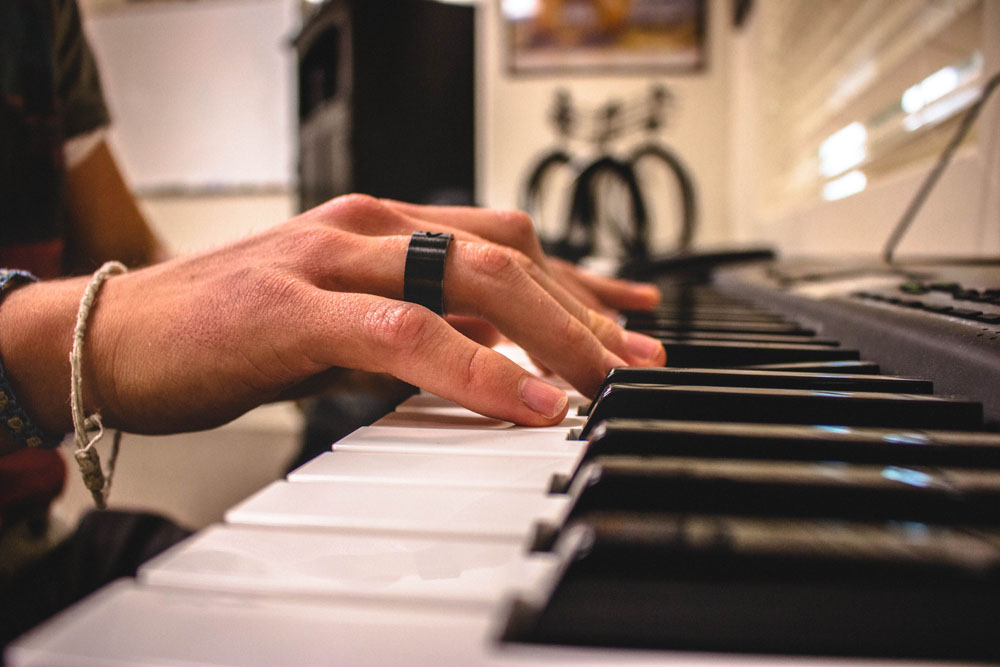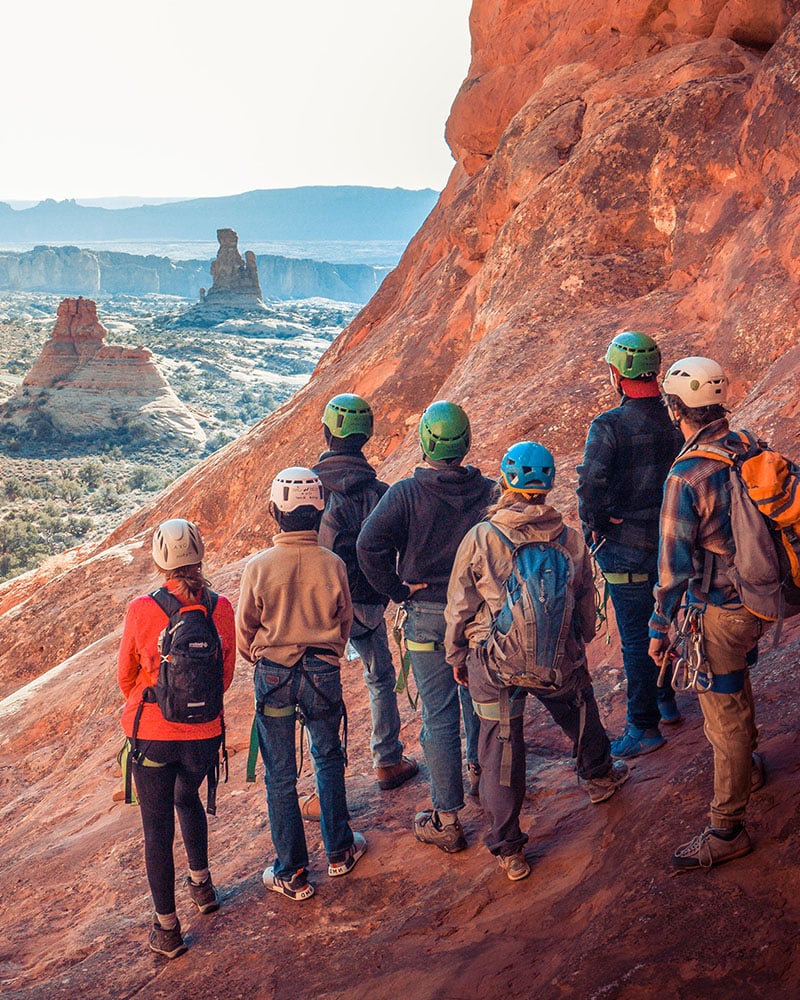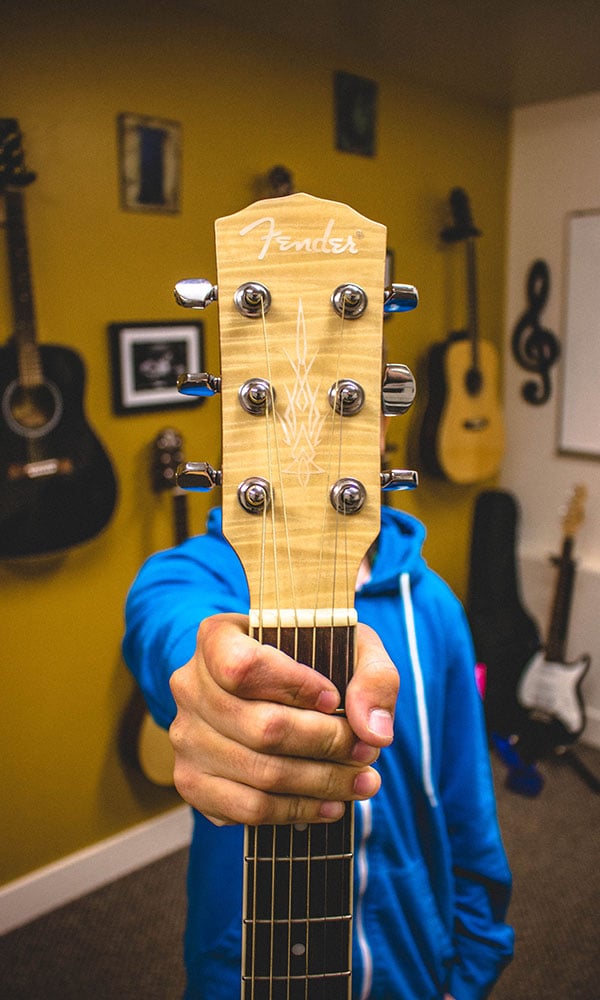
Teens often resist traditional therapy. But they are less resistant to experiential therapy. That is because it does not feel like therapy! Experiential therapy focuses on building strong relationships.
The relationship that your son will have with his treatment team is an incredible asset. His treatment team will include clinicians, teachers, residential staff, medical staff, and parents.
Each member of the treatment team uses their area of influence to help your son. Team members help your son to master and apply new skills he learns in therapy. They help him by integrating these new skills with his everyday experiences.
At Oxbow Academy, your son’s everyday experience will include many new activities. These new activities will help your son to develop new skills and interests.
Over time, your son will learn to focus less on the negative aspects of his life. His new experiences will help your son build on the positive aspects of his personality.
Staff members will help your son to make progress. They will help him to process his experiences by understanding their therapeutic value.
There are four clinical phases for each student to work through. At the end of each phase, your son’s treatment team will help him to review his experiences. The review process will help your son to integrate what he has learned.
At Oxbow Academy, every experience is an opportunity for your son to heal and grow. The art and music programs will help your son to find positive outlets. These positive outlets will replace negative patterns.
Many students discover new skills and passions as a result of these programs. As their talent increases, so does their confidence.

Music Program
Your son may enjoy Oxbow Academy's well-established music program. The program features professional instruction in a structured environment. Students will have the opportunity to play music, sing, or take part in a band. Even if they have never played an instrument before, at Oxbow Academy they can learn.
Teens will be able to perform at parent seminars. Oxbow Academy also has a battle of the band with our sister programs. Your son will have the change to compete.
Music Program for Boys on the Autism Spectrum
Many young men who come to Oxbow Academy are on the autism spectrum. The east side of campus is dedicated to helping young men with these unique issues.
Music therapy has been especially effective with these troubled teens. Music therapy can be adapted to the level of any participant. There are many positive effects for students on the autism spectrum, including:
- Organized sensory component of rhythm,
- Encouragement to attempt new tasks in a familiar setting,
- Cognitive stimulation of both sides of the brain for improved functioning,
- Timing and playing music with others leads to improved, and interpersonal communication.
Art Program
For many teens, the art program becomes a stepping stone to a brighter future. Art helps teens like your own to express their feelings. He may come to understand himself in new ways.
Your son may take part in art therapy during a session with his therapist. Therapists use many different experiential therapies to reach each boy. One of these is through the expression of art.
Your son may also take part in an art elective during school and expand his talents there as well. Therapists and teachers collaborate. Art pieces that students create in this class may be used in a therapy session if there will be a benefit.
We're Here To Help. Recovery Is Possible.
Your teen can recover from sexual behavioral problems. Contact one of our trained representatives for a free, private consultation
You Have Questions, We Have Answers. Your Call is Confidential.
Oxbow Academy is fully operational during the COVID-19 crisis. Contact us if you need help with treatment for sexual addiction, sexual abuse, pornography abuse and other compulsive behavior issues.
Many parents find it difficult to tell healthy curiosity about sex from a potentially dangerous situation. There are clinical evaluations that can help make that determination easier. One of these evaluations is the Sexual Addiction Screening Test (SAST).
On the SAST, you will answer a series of simple yes or no questions about their teen. The answers are completely confidential. No information connects you to your assessment. After you complete the SAST, you will be taken to a new page that shows a score representing the level of risk.
After you get your score, you will have the chance to request a call from someone who can help answer your questions. You will only be contacted if you make a request. Whether you request a call or not, your information will remain confidential, and you will be under no obligation.


